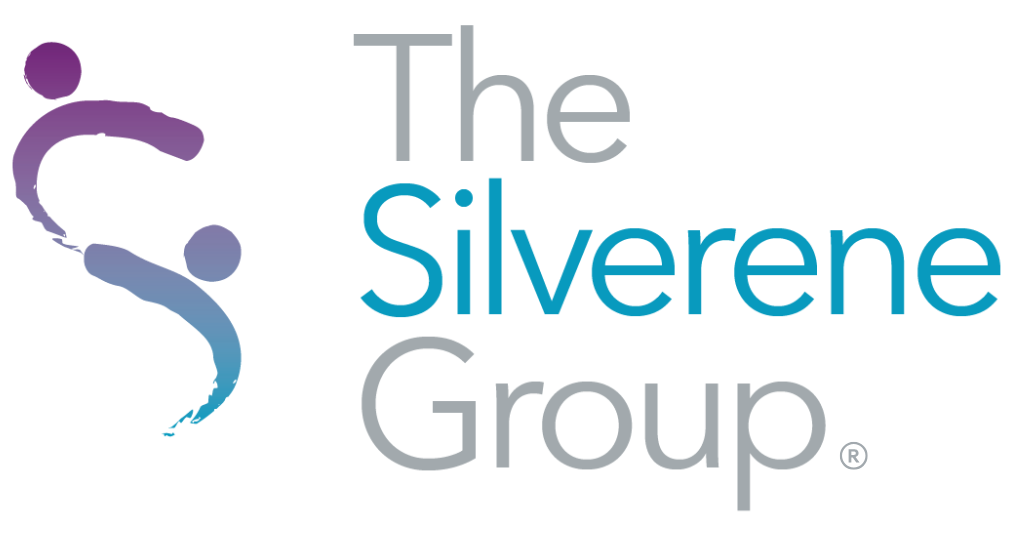
17 Jul Future-Proof or Fall Behind — How to Lead When the Rules Keep Changing
AI is no longer an emerging trend.
It’s here, it’s accelerating, and it’s forcing every leader to answer one pivotal question:
Can your team adapt faster than the world is changing?
If the answer is no—or even “I’m not sure”—you’re not alone.
Most organizations are still operating with outdated leadership playbooks, rigid structures, and misaligned priorities that were built for a different era. And yet, the pressure to deliver on short-term performance hasn’t gone away.
This is the paradox:
How do you run today’s business while building tomorrow’s capabilities—before the disruption hits?
Let Go of the False Trade-Off
Too many leaders believe they have to choose between execution and adaptability. Between today’s metrics and tomorrow’s vision.
But future-ready organizations prove that’s a false choice. They:
- Design systems that support both alignment and agility
- Build in feedback loops that allow for real-time course correction
- Incentivize learning, not just results
- Embrace digital tools and human intelligence to make faster, better decisions
These companies treat readiness like a muscle—not a mood.
What Keeps Organizations Stuck?
Let’s name it:
- Legacy structures designed for hierarchy, not collaboration
- Short-term metrics that reward output over innovation
- Leadership behaviors that value control more than trust
- Change fatigue, especially when past efforts felt like performative “initiatives”
- Fear of risk, particularly in highly regulated or traditional industries
And here’s the kicker: these aren’t just internal obstacles. They become external vulnerabilities when disruption hits—whether it’s AI, market volatility, or workforce turnover.
The Mindset Shift: From Execution Machines to Learning Organizations
If your company is still operating like a machine—optimizing for speed, precision, and repetition—it’s time to evolve.
The new model?
Think ecosystem, not assembly line.
Think learning loop, not command-and-control.
That means:
- Leaders who ask questions they don’t already know the answer to
- Teams that are rewarded for experimentation and insight—not just flawless execution
- Feedback that’s immediate, actionable, and used to evolve processes, not punish people
- Purpose that’s operationalized, not just branded
This isn’t idealism. It’s the only way to move fast and stay grounded.
Embedding Agility with SPARKTM
You don’t need a 5-year transformation plan to get started. You need tools that scale with you. Our clients use the SPARKTM framework to build strategic flexibility into their operations:
- Survey: Are we really ready for integrating AI? Where are we stuck? What’s slowing us down or holding us back?
- Plan: Where do we need to co-design and evolve our AI + human structures, roles, incentives?
- Activate: How are we integrating AI intentionally and testing changes with cross-functional teams before scaling?
- Reinforce: Are we tracking adoption, trust and quality? Are we sharing early wins and adapting what isn’t working?
- Keep Momentum: Are changes embedded as part of our DNA? Are we regularly revisiting and refining our “ways of working”?
This is how you future-proof—not with slogans, but with systems.
AI Is the Catalyst—Not the Solution
Too many organizations think adopting AI means they’re future-ready. But tech won’t save a team that can’t learn, adapt, or trust each other.
Before you plug in a new platform or bot, ask:
- Can your team challenge assumptions without fear?
- Do you reward speed of learning, or just perfect outcomes?
- Are your leaders trained to lead through ambiguity – not just manage process?
These are the deeper questions AI is forcing to the surface.
Bottom Line: Future-Ready Teams Don’t Happen by Accident
They are built intentionally, with leaders who:
- Operate with clarity and humility
- Prioritize alignment over control
- Treat adaptability as a competitive advantage, not a burden
- Know that the future belongs to teams who can learn faster than the rate of change
You don’t need to overhaul everything.
You need to start where you are: With bold leadership, smart strategy, and systems that actually serve your people.
The question isn’t whether disruption is coming – it’s whether your team will be ready. If you want to build adaptability before you need it, we should talk. Our organizational readiness work helps leaders like you turn uncertainty into a competitive advantage.
Image Credit: “Future Technologies” by eternalcreative via Canva



